Fatal Attraction - the future of Mortal Kombat
Stepping into NetherRealm Studios for the first time, we weren’t sure what to expect from the office that the notoriously violent Mortal Kombat series calls home. Water coolers that dispense gushing blood? Work experience kids staggering around with no arms? Keyboard wrist rests fashioned from freshly severed spinal columns?
As it turns out, and probably for the best, NetherRealm’s Chicago office is more functional than ostentatious, with nary a hint of blood splatter or brain matter decorating its clean hallways and cubicles. Only the cabinets stuffed with trophies, plaques and merchandise samples hint that this is the building where the latest chapter in Mortal Kombat’s incredible legacy is being forged.
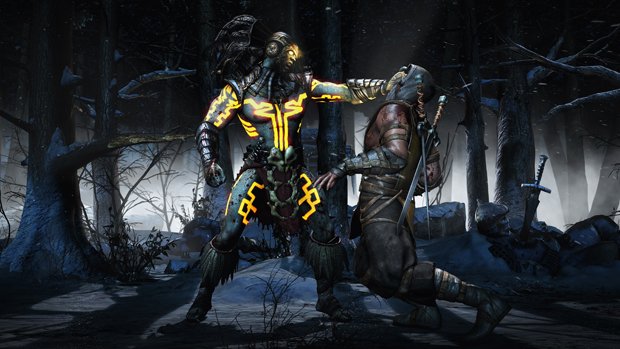
This is a series, remember, that famously traded blows with Street Fighter in a high-profile scrap at the top of the fighting-game mountain two decades ago, and while the genre’s influence has dipped in the meantime, Mortal Kombat is arguably more relevant today than it has been at any time since the ’90s. It can trace its resurgence to inside these very bloodless walls and NetherRealm’s 2011 reboot Mortal Kombat, which followed in the footsteps of Street Fighter IV, taking the series back to its ’90s glory days by exhuming classic characters, scenarios and mechanics, then giving them an attractive HD facelift. But now with Mortal Kombat X, NetherRealm finds itself having to face the same question Capcom is attempting to answer with Street Fighter V over on PlayStation 4: what comes after nostalgia?
If anyone’s well placed to answer that question, it’s Mortal Kombat co-creator, and Mortal Kombat X director, Ed Boon. In an industry where high-ranking designers and creative directors wander from studio to studio like lost puppies throughout their careers, Ed Boon’s 23-year involvement in the Mortal Kombat series is an anomaly to be admired.
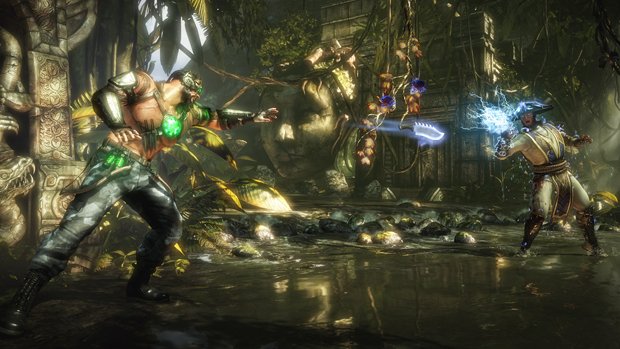
For a man currently in the middle of crafting a sequel that sees Mortal Kombat look to the future instead of the past – no small task – Boon’s relaxed demeanour is impressively and immediately genuine. His drive is in giving fans lashings of what they want and a healthy side order of what his studio predicts they will want in the future. And he has fun doing it.
One of the things Boon and his team have singled out as a priority is a strong, cohesive storyline to underpin the single-player campaign. This is part of a project-wide focus within NetherRealm to ensure that the solitary experience gets its share of love – making it something of an outlier in a genre that’s grown obsessed with multiplayer. “Fighting games for the most part are single-player games,” says designer Derek Kirtzic. “Unless you always have a buddy sitting next to you, or if you play online, the only other content is single-player. And if you don’t put a lot of single-player content in there, aside from training and challenge modes, there’s just not that much for a person who just wants to play by themselves.”
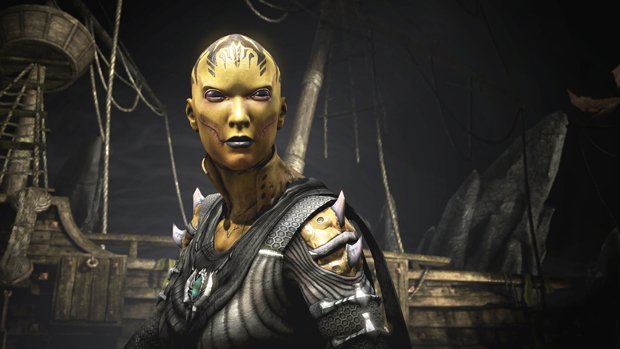
Fortunately, NetherRealm gave itself a relatively clean slate to work with, having hit the reset button in its last Mortal Kombat title by using Raiden’s magic to transport us from a faraway dystopia back to the (relatively) carefree days of the very first Mortal Kombat tournament in 1992. This time travel mischief can be considered as a convenient do-over for the series not unlike how JJ Abrams – for better or worse – rebooted the Star Trek movies. Both tales altered events of the past without diminishing the value of all the stories that came before it. Mortal Kombat X continues that storyline almost immediately after the events of the 2011 game, while also making multiple leaps forward in the timeline over the course of its story.
Sign up to the GamesRadar+ Newsletter
Weekly digests, tales from the communities you love, and more
“The narrative pacing is similar to the last Mortal Kombat and Injustice: Gods Among Us,” says Kirtzic. “We know that having a story is very uncommon in fighting games. We still believe there needs to be a strong single-player aspect to our games, and we’ve gotten great feedback from it, even as far back as Mortal Kombat vs DC, so why scrap something that works?”
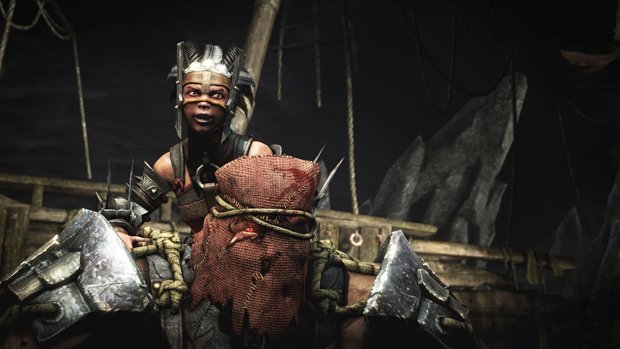
Go far enough forward in Mortal Kombat X’s story and you end up in periods when, naturally, the children of familiar characters join the cast, like Cassie Cage, the daughter of Sonya Blade and Johnny Cage. Don’t expect Cassie’s martial arts repertoire to be a mere amalgamation of her parents’ abilities – she’s as strong-willed as her DNA suggests. As producer Hans Lo put it, “That was a very conscious decision. You can’t just reskin an old, popular character and make them hipper or younger. Cassie uses elements from both her parents while still having her own uniqueness in how she acts and moves, not to mention her personality and attitude. Her Fatalities are very unique to her. The story will reveal that she is very much her own character.”
Cassie Cage, a truncheon-wielding, gun-toting police force fighter, is probably the most strait-laced of all of Mortal Kombat X’s newcomers. Although that’s faint praise when the other debutants include the likes of D’Vorah, a half wasp, half-lady hybrid whose cloak conceals a raft of deadly insect appendages. These include a pair of wings that she uses to get extra height on her throws, and a pair of giant wasp feet that swing out from her abdomen like a disgusting hula hoop, extending her reach from a standing attack. Impressive for sure, but not as rangy – or as outright weird – as fellow newcomer Kotal Khan, a green-skinned Aztec warrior blessed with the ability to hurl glowing iconography across the screen. As you do.
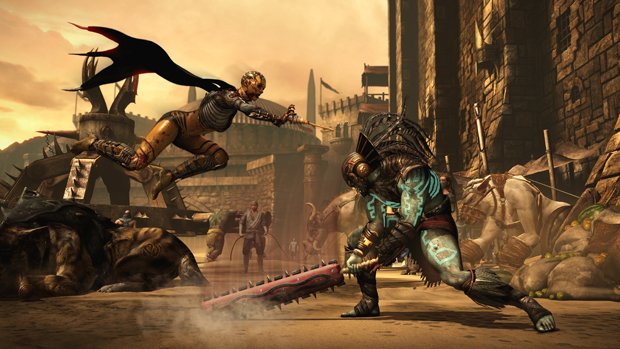
Ed Boon and many of his veteran designers know the balancing act all game sequels face. How do you introduce new characters and new features without tampering with the parts of the previous games that fans loved? For Mortal Kombat X, that balance is based on capitalising on the wholly positive reception of the 2011 reboot while challenging fan expectation with the new Variation movesets, which enable you to tailor your favourite character to fit your own personal fighting style.
Mortal Kombat X is fundamentally story-driven, but the competitive multiplayer scene is where fighting games sing, and it’s feedback from leading tournaments and the eSports experts that has inspired the Variation feature. “Towards the end of the last Mortal Kombat, we’d been talking about fighting tournaments such as EVO,” says Boon. “Those who participate and attend tournaments are always talking about matchups; ‘Raiden is a bad matchup for Mileena, Scorpion is a good matchup for Sub-Zero.’ And we were asking ourselves, ‘Why is that?’ Is it because this fighter is a distance fighter, or that fighter doesn’t do well against projectiles?
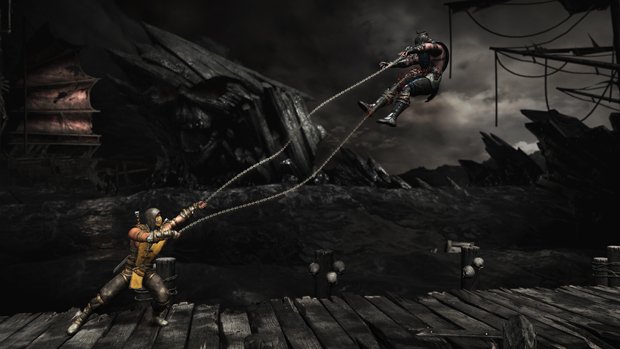
“To make it a competitive match, you have to change characters. But people don’t want to stop playing with their favourite characters. They would say, ‘I love Sub-Zero and I don’t want to play with anyone except Sub-Zero.’ So we said, ‘Let’s make a version of Sub-Zero that plays differently and has different strategies.’ And that escalated to making different versions for every character. That ultimately led to each character having three play styles.”
‘Cryomancer’, for example, is the style of choice for Sub-Zero players with an offence-heavy game, equipping him with a flurry of ice-based weapons that improve both his range and his anti-air attacks. Safety-first players will want to pick ‘Unbreakable’, introducing an ice parry into the mix that can counter careless blows. Finally, ‘Grandmaster’ allows ol’ Zero to summon an ice clone that can be thrown or used as a shield, disorientating your foe.
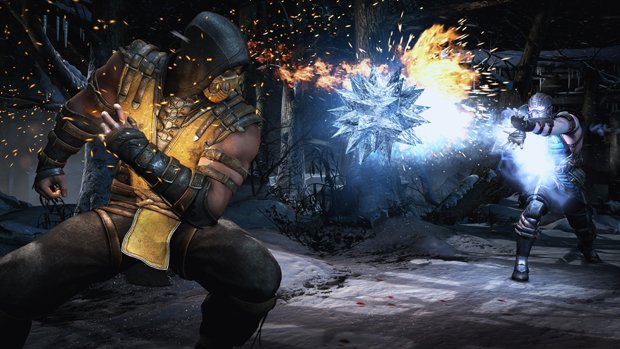
It would be natural for a game in Mortal Kombat X’s position to be shaped in some degree by the studio’s recent projects. Aside from the obvious continuation from the last Mortal Kombat, the more recent Injustice: Gods Among Us had a hand in the interactive environments of Mortal Kombat X. Yet don’t expect to send Scorpion crashing through the Batcave.
“Injustice was crazy with how many things you could do” says Boon. “You could throw cars at people, throw people through walls into different environments. Mortal Kombat X is much lighter. It’s more about jumping over things, manoeuvring yourself. There’s some background interaction, but Mortal Kombat is more of a closed space, an intimate setting where we didn’t want to make them like superheroes. I like that Mortal Kombat and Injustice are very different.”
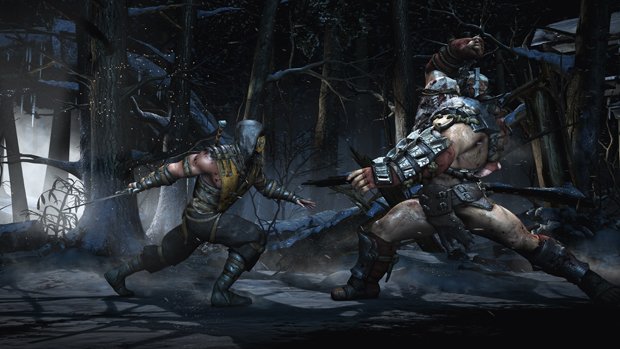
Indeed, Mortal Kombat X’s interactive backdrops present tactical opportunities with the environment that weren’t possible in its predecessor. To be more specific, it’s more focused on leveraging space. If you’re a zone-style fighter, you can use that interaction to create distance from your opponent. If you’re a rusher, you can use the environment to get close to your opponent.
“With fighting games, a lot of corner shenanigans usually happen,” explains Kirtzic. “By putting in level interactions that let you get out of corners, it practically lets you reset the match. And we also brought back running, which wasn’t in the last game.”

The tactical environmental opportunities in a given match are a layered experience that force you to plan ahead, beyond the current round. The level interactions don’t reset in between each round. You throw a log and it’s gone for the entire match. Having stamina also helps to minimise exploits. Each time you backdash, that takes down a chunk of the meter. Each time you use a level interaction, that uses a meter, so you can’t just exploit your surroundings and bounce from interaction to interaction. And if you try it, it will put you in a hard spot, because a perceptive opponent will know your meter is empty.
Another significant change in the new release is the conversion of the Challenge Tower from the last Mortal Kombat into a new mode called the Living Towers. The Challenge Tower, as you might recall, housed a succession of trials – ranging from Test Your Strength mini-games to regular battles with peculiar conditions. Your special attacks could be disabled, for example, or your blows might only deal damage while your opponent is in the air. With its imaginative remixing, the Tower forced even expert Mortal Kombat players to approach battles in new ways – and scaling its 300 floors was a massive undertaking that added significant longevity to a title that might otherwise have found itself lacking purpose in single-player.
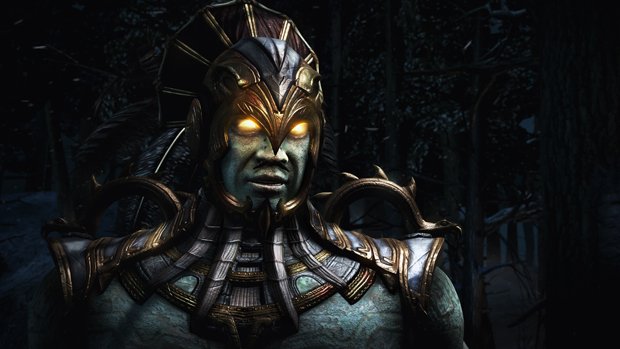
But reach the top of the Tower and you had nothing left to do but hop off. Mortal Kombat X’s Living Towers hope to give you a reason to carry on the climb indefinitely – a feat it will accomplish by constantly remixing its own challenges, rather than offering a prescribed set of trials.
The three towers refresh content at different intervals: one changes its match playlist every hour, another every day, and the third changes for calendar events such as Christmas and Halloween. A more freestyle Tower requires a more versatile approach, and so unlike the Challenge Tower you get to pick your own fighter as opposed to being stuck with a pre-determined one. The appeal of the Living Towers isn’t the climb to the top so much as it’s about engaging in a match altered by one or two pre-determined modifiers.
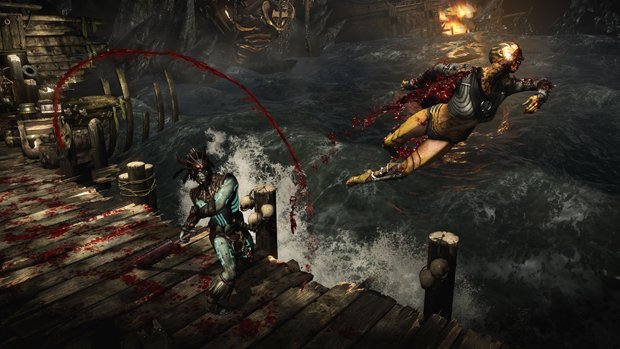
NetherRealm has over 100 of these condition changers planned, including falling explosives, lightning strikes, Cyrax bombs, faster movement speed and even changes to gravity that will allow you to juggle opponents with greater ease. Surviving these trials results in rewards such as experience boosts, Faction points and other prizes.
If the frequent turnover of new content in the Living Towers sounds familiar, that’s because frequently changing content has been the lifeblood of many social and mobile games. “There are trends we’ve seen such as the really successful Puzzles & Dragons,” says Ed Boon. “Some of that appeal is in what we’re doing with these Living Towers. Whenever players turn the game on, we want them to experience new content that was downloaded to their machines.
“It could be challenges from the studio or maybe from friends, but we want the player to say, ‘What’s new today?’ every day. That’s our philosophical approach.” Nostalgia be damned; Mortal Kombat X only wants you to look to the future.


